1. Psychological support such as cognitive behavioural therapy (CBT)
There is a common misperception that situations cause us to feel the way we do.
CBT challenges this myth and instead operates on the premise that situations can contribute but they DO NOT cause us to feel and respond in a particular way.
If that were true then everyone experiencing the same situation would feel and respond exactly the same way, which doesn’t happen.
For example, a pass grade on a group assignment might elicit feelings of failure in one person (behaviour = withdrawal), relief in another (behaviour = celebration) and anger in another (behaviour = shouting/blaming others).
According to CBT, the differences in our emotional and behavioural reactions are a direct result of our perceptions or thoughts about the situation.
CBT helps us to identify and correct any negative, irrational thoughts that are unhelpful and which can exacerbate symptoms of anxiety and depression. The aim is realistic thinking NOT positive thinking.
In anxiety, unhelpful thoughts tend to be catastrophic:
- (a) exaggerate the likelihood of the worst possible outcome:
- ‘I’m not going to have enough time to prepare properly’, ‘It’ll be wrong’, ‘I’ll fail the test’, ‘I’ll develop a fatal illness’
- (b) underestimate their ability to cope:
- ‘I’m just not good enough to succeed at this’, ‘I’ll just fall apart’
CBT is not just about changing your unhelpful thinking patterns.
It also looks at changing those behaviours that can maintain or exacerbate anxiety such as avoidance.
While avoidance seems to help in the short term, the drop in anxiety that it produces means it serves to reinforce or support the fears, in the long term.
For example, if you call in sick to avoid seeing the frown you are convinced you will see on your boss’s face as he looks at your project, you will avoid the uncomfortable anxiety feeling.
However, next time you are in the same situation you will probably feel and react the same way because you never found out that your boss thinks your effort is satisfactory, or that his frown actually means he is concentrating, or that you do not lose your job just because he is unhappy with one project.
These can be so ingrained that we can’t identify them and therefore having the help of a psychologist who can help explore these with us, is a good idea.
The other important thing is that they can help set us up to gradually start facing our fears, rather than the unhelpful situation of setting ourselves too big a challenge and finding we are overwhelmed and distressed.
2. Medication
Antidepressant medication is often prescribed to help reduce the overwhelming feelings of anxiety and panic as well as to treat depression, which is commonly an underlying condition that exacerbates the anxiety symptoms.
The most commonly prescribed antidepressants to treat anxiety are the SSRI’s (Selective Serotonin Re-uptake Inhibitors).
The SSRI’s are the newest of the antidepressants and examples include:
- Sertraline (Zoloft)
- Citalopram (Cipramil)
- Paroxetine (Aropax)
- Fluoxetine (Prozac)
- Fluvoxamine (Luvox)
Benzodiazepines can be used to help relive acute anxiety symptoms and to facilitate sleep.
However, they are prescribed with care and are for short-term use only as they can be highly addictive as well as having adverse effects such as drowsiness as well as impaired memory and coordination.
Examples are:
- Diazepam (Valium)
- Alprazolam (Xanax)
- Oxazepam (Serepax)
3. Reading and learning about anxiety
Books:
- Living with IT: A survivor’s guide to panic attacks – Bev Aisbett
- Living it up: The advanced survivor’s guide to anxiety-free living – Bev Aisbett
- Overcoming shyness and social phobia – Ron Rapee
Websites:



